Broadmoor East: Ross Turns the Table
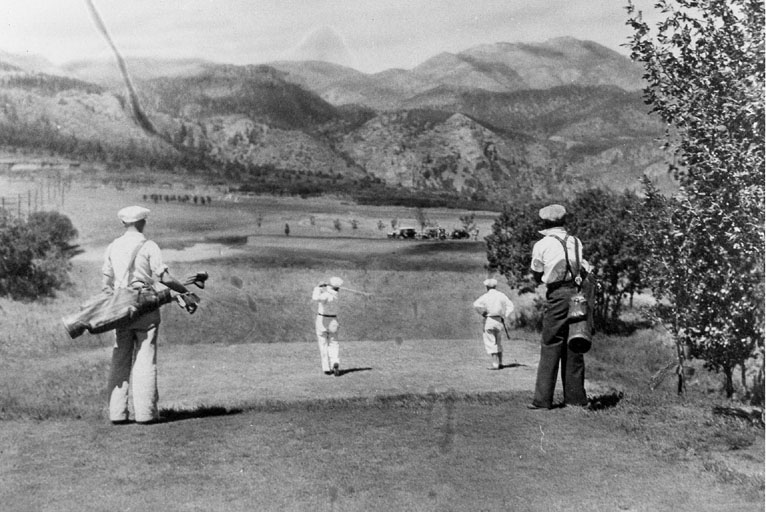
Poor Donald Ross.
For decades since his death in 1948, Ross — and the spirit of Ross — has been forced to suffer the fate (and sometimes the indignity) of watching his golf courses stripped, stretched, overhauled, burnished and otherwise bastardized by generation after generation of greens committee and architect.
Ross’s courses have probably seen more changes through the decades than any other architect’s, chiefly because there are so many of them. But in 2007 at least, from the great beyond, Ross was able to turn the table on one of his most notable editors.
Robert Trent Jones, the most popular architect for 30 years after Ross died, played a role in altering a number of Ross courses, most famously Oakland Hills Country Club outside of Detroit in preparation for the 1951 U.S. Open. Trent Jones no doubt made the host South Course there a more difficult tournament venue, but when he was done it didn’t look much like the course Ross had left behind.
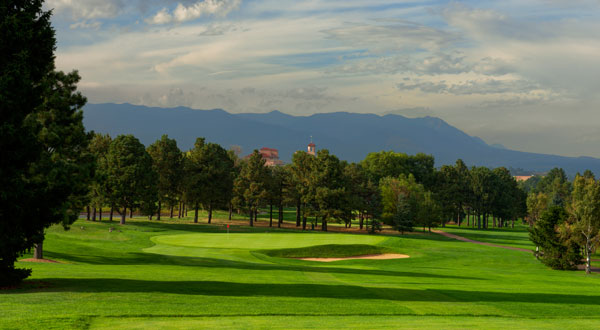
Congressional Country Club’s Blue Course (site of the 2011 Open), Oak Hill Country Club’s East Course and Aronimink Golf Club are other important designs that were subjected to varying strokes of Trent Jones’ red pen. So was The Broadmoor in Colorado Springs, Colorado.
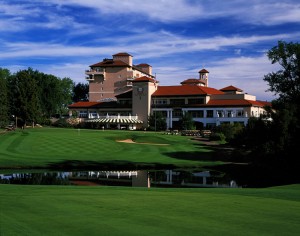
In 1954, The Broadmoor hired Jones to expand the existing 18 holes Ross had completed in 1918. To create what would become the new East Course, Jones tacked nine new holes through an upper level of the property on the far (south) side of Cheyenne Mountain Boulevard and also personalized the look of nine of the lower Ross holes. And so it was for over 50 years that the renowned Broadmoor East Course — site of Jack Nicklaus’ first U.S. Amateur title in 1959, site of Annika Sorenstam’s U.S. Open victory in 1995 (the first of 72 LPGA Tour victories to follow) — though technically half Ross and half Trent Jones, bore the almost exclusive imprimatur of Trent Jones.
But in 2005, preparing to host the 2008 U.S. Senior Open (won by Eduardo Romero; So Ryun Yu won the 2011 Women’s Open here as well), The Broadmoor shifted away from its status quo much like it did in 1952 and hired Ron Forse to revamp the look and playability of the entire course.
The club located old aerial photos of the course that showed a very different shaping to the bunkers than the curvaceous versions with which Trent Jones had decorated the East Course. Ross’s bunkers were geometrically shaped, slightly squared, and looked to have steep grass faces.
Forse, an architect based out of Pennsylvania known for his work restoring classic courses including many by Ross, began
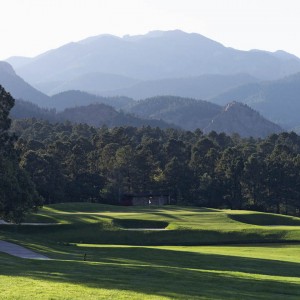
transforming the bunkers and surrounding areas in the likeness of the original forms. Not just on the 1918 holes, either, but on Trent Jones’s own holes, too. Yes, here at The Broadmoor, original Robert Trent Jones holes were re-Rossified.
As the refurbished East Course reopened in 2007, you could almost hear the chuckles of Donald Ross whistling through the ponderosas.
The new old-style bunkering unifies what are two very different sets of holes. The 1918 holes are arranged up, down and across a gentle slope that rises from the clubhouse to the foothills at the south end. Across the road, the Trent Jones holes climb to the mountain’s higher elevations, ascending and descending more abruptly. Trent Jones’ assertiveness and design largesse are on display here with holes like the 9th, a sweeping par-5 with water blocking the green, the majestic downhill 10th, and the virtually all-carry 240-yard par-3 12th.
The Ross holes remain more nuanced, and two of the better ones are the shortest: the uphill par-4 2nd at just 347 yards from the rear tees, and the idyllic 170-yard 4th over a pond. Each, with severely tilted greens, measures precision rather than power.
Strengthened by Forse’s retro-inspired shaping, the East Course arguably works better than it ever has, much like any other great course that starts in one place, moves into another, and then returns to the beginning.
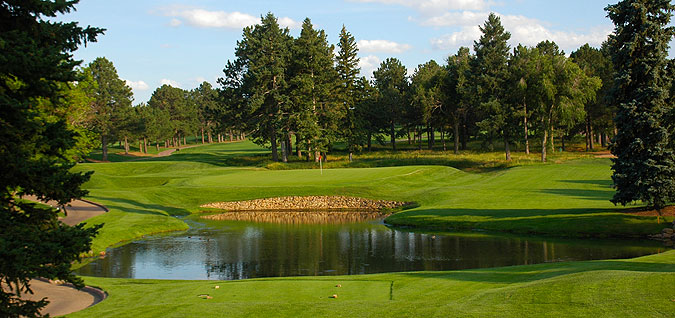
The greens are full of subtle but mysterious slopes. This is mountain golf, and being above the hole generally spells doom. In fact, cracking the code in the greens is almost the entire battle at The Broadmoor. Local wisdom says putts break away from Cheyenne Mountain, but that only gets you half way to total knowledge.
It’s a testament to Nicklaus’ putting that he won an Amateur here. Once the course crosses over onto higher, rugged portion of the property, Trent Jones throws out a precession of holes that bend right to left (six of seven, not counting the par threes), the opposite Nicklaus’ preferred ball flight.
The muscularity and views Trent Jones contributed are undeniable assets when the club hosts major tournaments. But the original Ross course — the East’s lower nine and accompanying lower nine holes from the West Course — is a more subtle, joyous round of golf and gets an extra point on the occasions they’re played together. East Course (91), “Ross” Course (92)
Colorado Springs
Architect: Donald Ross; Robert Trent Jones (1956)
Year: 1918